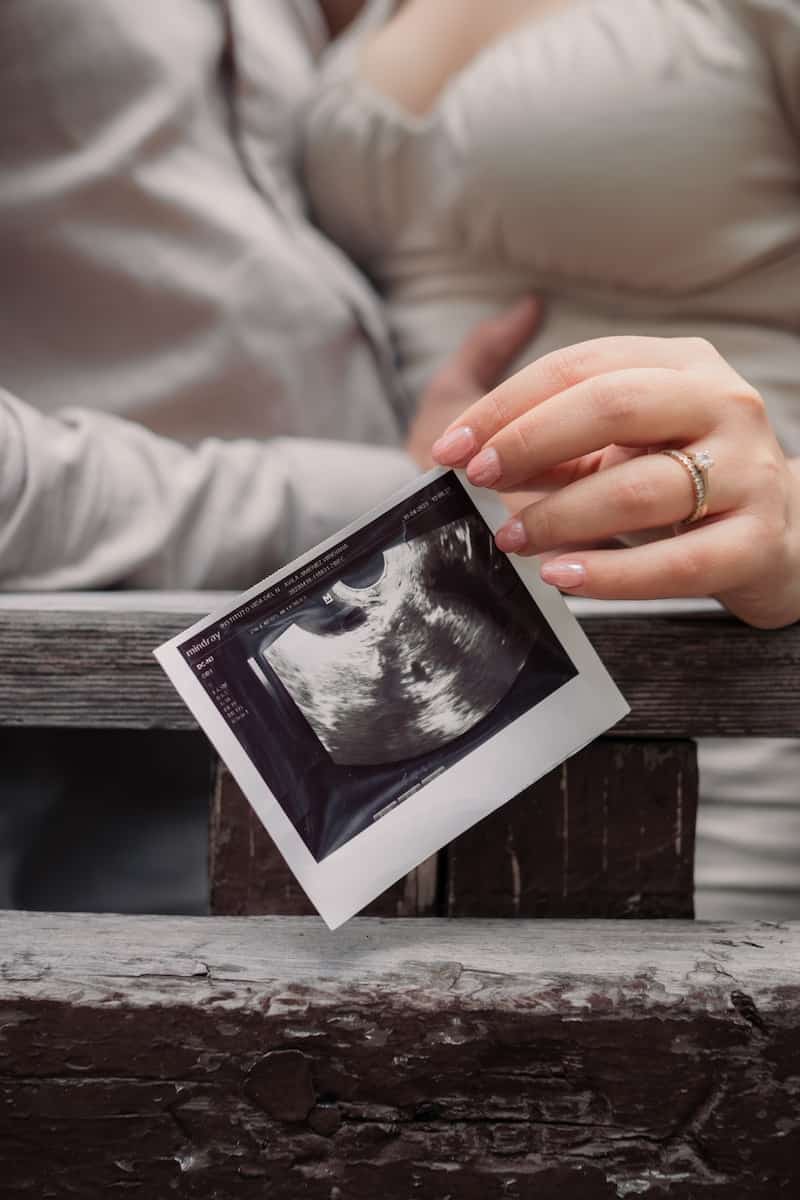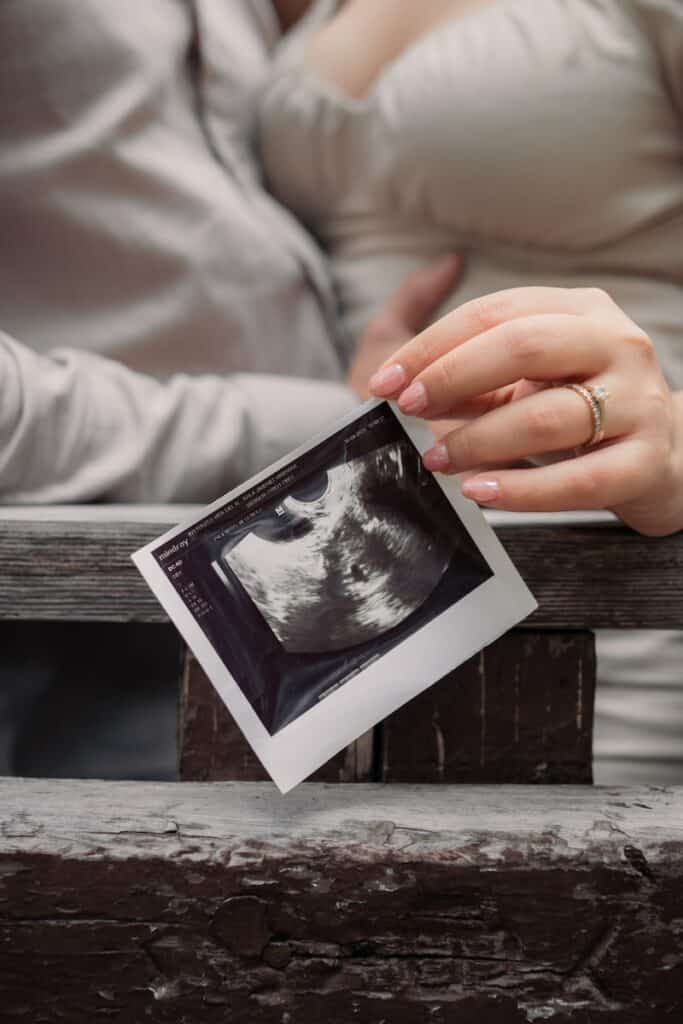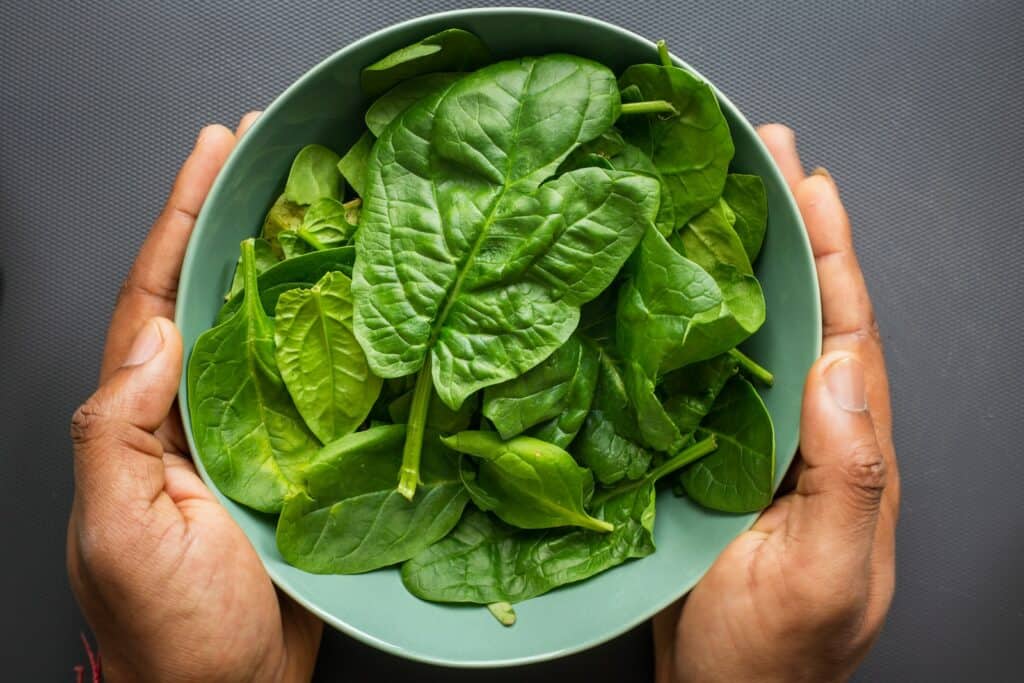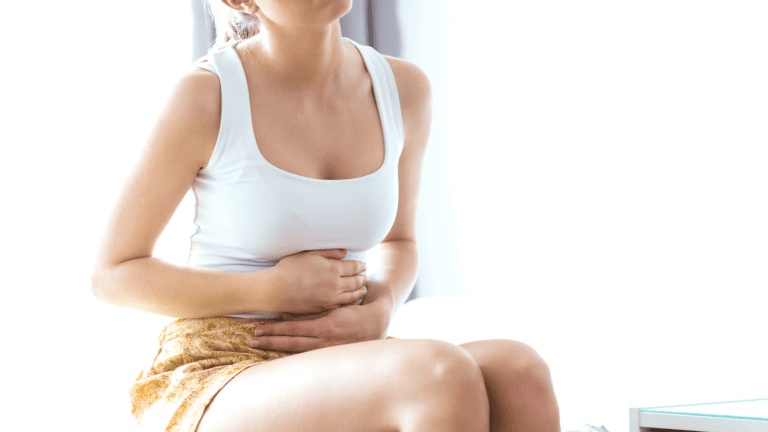17 Tips on How to Increase Endometrial Thickness Naturally

Last Updated on August 9, 2023 by Avi Steen
If you’re on a journey to conceive and have been grappling with terms like “thin uterine lining,” “embryo transfer,” or “reproductive health,” you’re in the right place. Today, we’re diving into the fascinating world of your reproductive organs and uncovering the secrets of how to increase endometrial thickness naturally for better fertility.
Whether you’re considering IVF cycles or simply eager to enhance your chances of successful embryo implantation, these 17 tips will empower you on your path to motherhood.
Endometrium Overview
What is the Endometrium?
The endometrium is a crucial and dynamic tissue lining the inside of the uterus, a key component of the female reproductive system. It is a specialized layer that undergoes cyclical changes throughout a woman’s menstrual cycle in preparation for a potential pregnancy.
The endometrium is rich in blood vessels, glands, and connective tissue, and its primary role is to provide a nurturing environment for a fertilized egg to implant and develop into a healthy pregnancy.
During each menstrual cycle, the endometrium goes through distinct phases under the influence of hormonal changes. The first half of the cycle is characterized by the proliferation of the endometrial tissue, building up its thickness and vascularity in anticipation of pregnancy. This phase is primarily driven by estrogen, a hormone produced by the ovaries.
If fertilization of an egg occurs, the fertilized embryo travels down the fallopian tube and eventually implants itself into the receptive endometrial lining. This process is crucial for a successful pregnancy.
The endometrium then undergoes further changes to support the growing embryo and establish a connection between the embryo and the maternal blood supply.
In the absence of pregnancy, if fertilization does not occur, the hormonal signals shift, leading to a decrease in estrogen and progesterone levels.
This triggers the shedding of the endometrial lining, resulting in menstruation. The cycle then begins new with the regeneration of the endometrium for the next potential pregnancy.
- Best Age to Get Pregnant with PCOS
- Say a Prayer for Fertility in 5 Easy Steps
- 7 Insane Foods to Eat to Get Pregnant That Will Give You a Fertility Boost
- A Complete Guide: When To Get Pregnant
- 7 Ways to Survive the Holidays While Trying to Conceive

Impact of Thin Endometrial Lining for Fertility
Your uterus is like a cozy home awaiting its newest resident – a fertilized egg. A thick endometrial lining provides the warmest welcome for the embryo, increasing the chances of successful implantation and a healthy pregnancy.
The IVF success rate can be improved with a great endometrial lining and a transvaginal ultrasound is how your provider will check before a fertility treatment. Fertility experts will all agree that having an increased thickness of the endometrial lining will help implantation in the luteal phase.
17 Natural Ways to Improve the Thickness of the Endometrium
Nutrition for a Healthy Endometrial Lining
1. Incorporating Whole Grains
Whole grains are rich in complex carbohydrates and fiber, which help stabilize blood sugar levels and maintain a steady release of energy. This promotes a balanced hormonal environment, crucial for healthy ovulation and embryo implantation.
Think whole grains like quinoa, brown rice, and oats. These nutritional powerhouses contain a myriad of nutrients, including B vitamins and antioxidants, which play a significant role in maintaining hormonal balance.
2. Embracing a Fiber-Rich Diet
Fiber isn’t just a friend for digestion; it’s a fertility ally too! By keeping your estrogen levels in check, fiber supports a thick and healthy uterine lining.
A diet high in fiber aids in regulating estrogen levels. By keeping estrogen in check, fiber reduces the risk of hormonal imbalances that can disrupt ovulation and impact the development of a thick and nurturing uterine lining.

3. Boosting Iron Intake
Iron is essential for maintaining healthy blood circulation. By ensuring adequate iron intake, you support the delivery of oxygen and nutrients to the reproductive organs, including the endometrium, creating an optimal environment for embryo implantation.
Iron-rich foods like leafy greens, lentils, and lean meats are your blood vessels’ best friends. Improved blood circulation means more nutrients reaching your endometrium, promoting its growth.
4. The Power of Oily Fish
Omega-3 fatty acids found in oily fish have anti-inflammatory properties that help reduce inflammation within the reproductive system. This inflammation reduction can contribute to a healthier uterine environment, facilitating embryo implantation.
Dive into a sea of omega-3 fatty acids found in salmon, mackerel, and sardines. These healthy fats help tame inflammation and keep your reproductive system in harmony.
5. Omega-3 Seeds: Flax and Chia
Omega-3 seeds, such as flax and chia, provide a natural source of essential fatty acids. These omega-3s contribute to the formation of healthy cell membranes, ensuring the endometrial lining is receptive and conducive to embryo implantation.
Don’t underestimate the tiny flax and chia seeds! Packed with omega-3s, they’re like natural “nutrient couriers” delivering goodness to your endometrium.
6. Nourishing with Pumpkin Seeds
Pumpkin seeds are rich in zinc, a mineral crucial for maintaining hormonal balance and supporting endometrial growth. Adequate zinc levels contribute to a thick and receptive uterine lining, enhancing the chances of successful embryo implantation.
Lifestyle Factors for Endometrial Health
7. Reducing Dairy Consumption
Some studies suggest that excessive dairy consumption might contribute to hormonal imbalances, potentially leading to a thinner endometrial lining.
Reducing dairy intake can help create a more favorable hormonal environment for fertility.
8. Harnessing Antioxidant Richness
Antioxidants combat oxidative stress and protect cells from damage. By incorporating antioxidant-rich foods into your diet, you promote a healthy uterine environment, reducing the risk of cellular damage that can affect embryo implantation.
Think of antioxidants as your reproductive system’s bodyguards, fending off harmful free radicals and promoting a healthy uterine environment.
9. B Vitamins for Hormonal Balance
B vitamins, particularly B6 and B12, play a role in hormonal balance. These vitamins help regulate estrogen levels and contribute to a well-functioning reproductive system.
They help support the development of a thick and receptive endometrial lining.

10. Vitamin C’s Role in Endometrial Development
Citrus fruits and bell peppers aren’t just tasty snacks; they’re vitamin C powerhouses that aid in collagen synthesis and blood vessel support.
Vitamin C is essential for collagen synthesis, which is important for maintaining the integrity of blood vessels and supporting blood circulation to the reproductive organs. Adequate vitamin C levels promote a nourished endometrial lining and also help boost progesterone.
11. CoQ10: Enhancing Cellular Energy
CoQ10 enhances cellular energy production, which is crucial for optimal cell function, including the cells responsible for endometrial growth. Improved cellular function contributes to a healthier and more receptive uterine lining.
CoQ10 isn’t just for energy; it’s also a fertility booster! This mighty coenzyme supports healthy cell function, including the cells responsible for endometrial growth.
12. Prioritizing Restful Sleep
Restful sleep is essential for hormone regulation and overall well-being.
Quality sleep supports balanced hormone levels, creating an environment conducive to endometrial health and embryo implantation. Make sleep a priority to keep your endometrium in tip-top shape.
13. Exercise and Improved Blood Supply
Regular exercise improves blood circulation, delivering oxygen and nutrients to the reproductive organs. This increased blood supply enhances the health and receptivity of the endometrial lining, aiding in embryo implantation.
Moderate physical activity gets your blood pumping, delivering oxygen and nutrients to your reproductive organs, including your precious endometrium.
14. Enhancing Blood Flow with Castor Oil Packs
Time for a little self-care! Castor oil packs promote blood flow and circulation to the uterus.
Improved blood circulation enhances nutrient delivery to the endometrial tissue, supporting its growth and creating an optimal environment for embryo implantation.
15. Harnessing Vitamin E’s Potential
Studies have shown that vitamin E supplementation can contribute to an increase in endometrial thickness. Vitamin E’s ability to enhance blood circulation and reduce oxidative stress may positively influence the receptivity of the uterine lining.
16. Moderating Caffeine Intake
Excessive caffeine intake may disrupt hormonal balance and negatively impact fertility. Reducing caffeine consumption helps maintain a stable hormonal environment, supporting the development of a healthy endometrial lining.
17. Essential Prenatal Nutrients
Prenatal vitamins with folic acid provide essential nutrients for reproductive health. Folic acid supports your pregnancy and future baby.
Remember, each tip is a small step towards a thicker, more nurturing environment for your potential bundle of joy. Whether you’re considering in vitro fertilization or embarking on a natural fertility journey to thicken a thin lining, these natural strategies, backed by science and designed with care, are here to guide you towards your dreams of motherhood.
Your fertility specialist and healthcare provider are your partners in this voyage, so make sure to consult them before you make changes to your health. Here’s to your journey to a healthy uterine lining and the sweet sound of a successful embryo implantation!

Octavia Steen is an NBDA certified fertility doula, health coach, certified fitness nutrition specialist, aspiring missionary with the COGIC, and owner of Mother Mindset. She helps future and current mamas become more consistent in faith + fitness and grow closer to God so they can create a healthier lifestyle from the inside out!





